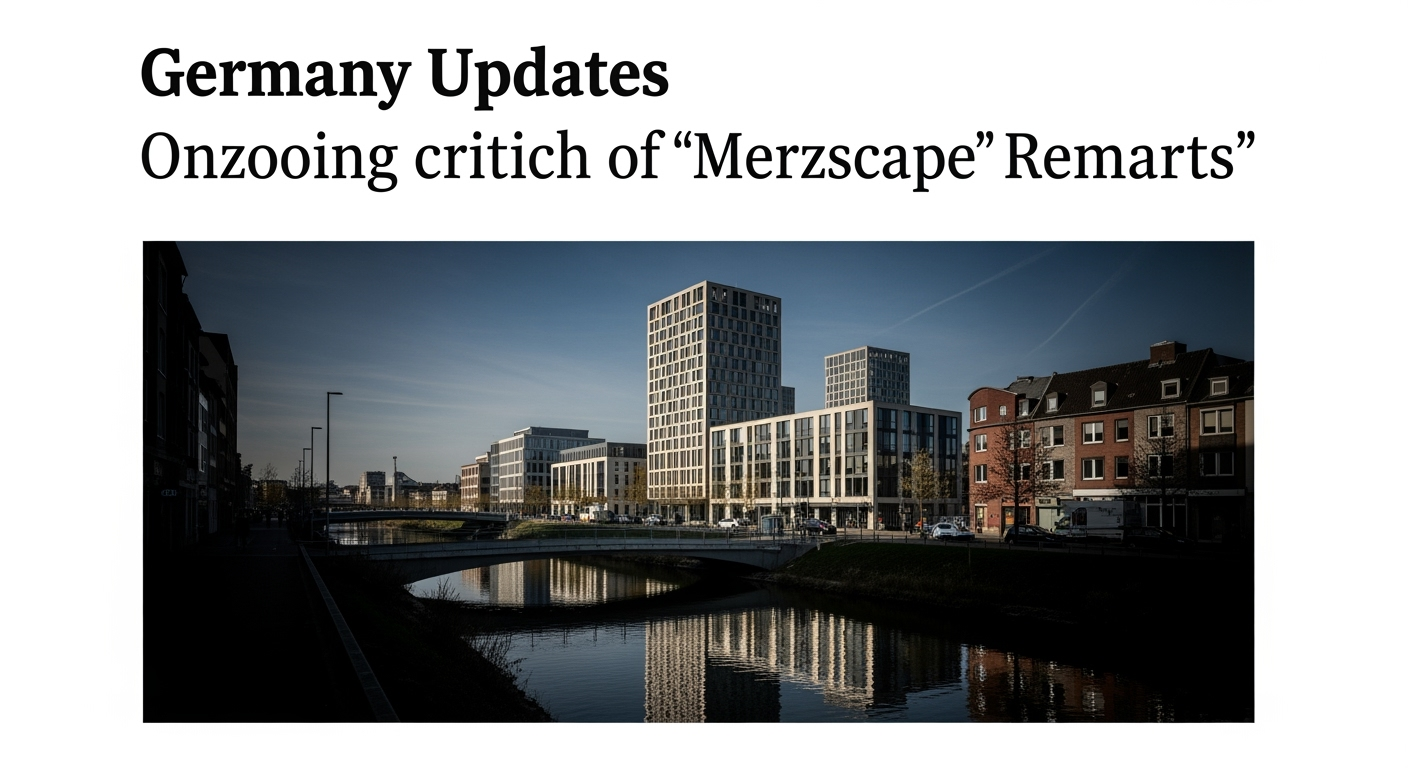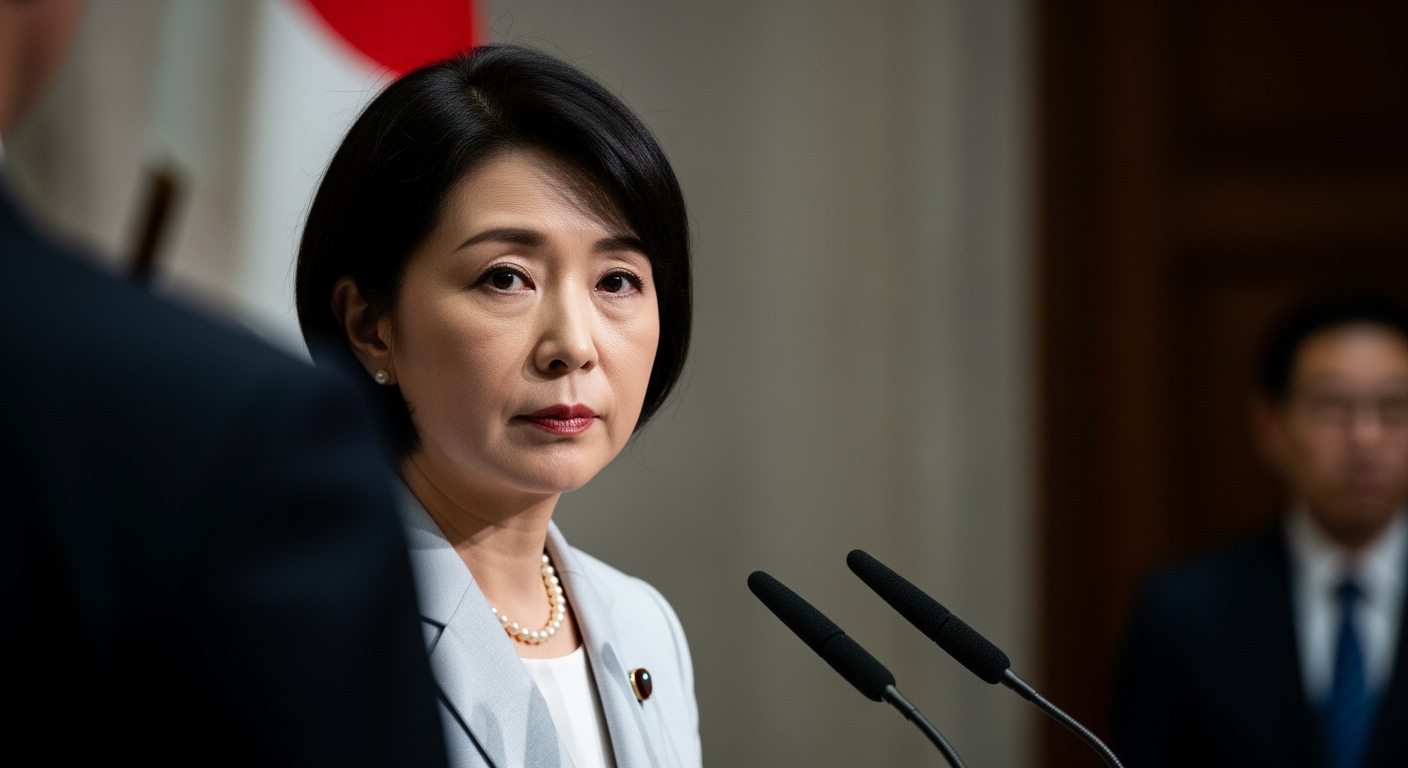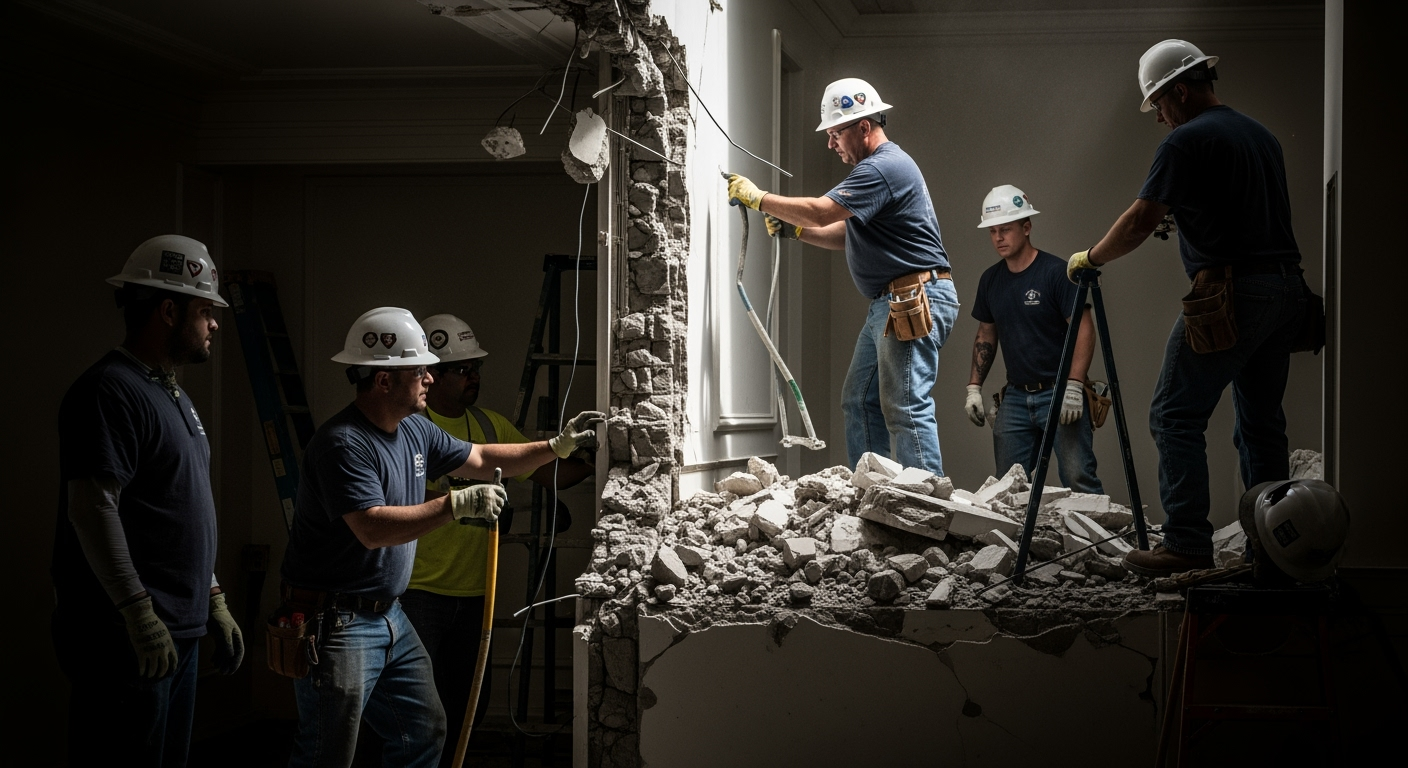Related Articles

German Chancellor's "Cityscape" Remarks Continue to Ignite National Debate

Japan Hails Historic Moment as Sanae Takaichi Becomes First Female Prime Minister





WASHINGTON – Demolition work has begun on a portion of the White House East Wing, marking the commencement of an ambitious and costly project to construct a new state ballroom, an endeavor championed by President Donald Trump. This significant structural alteration to the historic executive mansion, confirmed on Monday, October 20, 2025, aims to create a vastly expanded venue for official events and state dinners, a facility administration officials assert has been needed for decades. The project, funded through private donations and presidential contributions, represents one of the most substantial modifications to the White House complex in over a century.
The initiation of demolition, observed by excavators tearing down portions of the East Wing facade, signals a concrete step forward for a plan first announced in July. The new ballroom is envisioned as a 90,000-square-foot space, significantly larger than any existing White House reception area, capable of seating between 650 and 999 guests. This development has sparked both support for its practical purpose and criticism regarding its scale, funding mechanisms, and potential impact on the White House's historical integrity.
For generations, presidents have grappled with the logistical challenges of hosting large-scale events at the White House. The current primary reception area, the East Room, can comfortably accommodate only about 200 seated guests. This limitation has frequently necessitated the erection of temporary, often unsightly, tents on the South Lawn to accommodate foreign dignitaries, state dinners, and other significant functions. Proponents of the new ballroom project argue that it will finally provide a permanent, elegant solution to this long-standing deficiency, elevating the White House's capacity to host world leaders and honor American achievements without resorting to makeshift arrangements.
President Trump has consistently articulated a vision for a grander, more functional space. Public statements from the administration highlighted the project as a fulfillment of a nearly 150-year-old desire among presidents for a dedicated, spacious ballroom. Renderings released by the White House depict a neoclassical design, featuring ornate details such as gold and crystal chandeliers and gilded Corinthian columns, intended to complement the existing architectural heritage of the Executive Mansion. This aesthetic choice, according to administration officials, aims to create a space that is both functional and symbolically resonant with the White House's stature.
The new ballroom will be constructed on the site currently occupied by the East Wing. Built in 1942 during President Franklin D. Roosevelt's administration, the East Wing was originally added to cover the construction of an underground bunker, now known as the Presidential Emergency Operations Center (PEOC). Over the years, it has served various functions, including housing offices for the First Lady and her staff, the White House social secretary, and the visitor's entrance to the executive residence.
The demolition involves tearing down significant portions of this structure to make way for the new 90,000-square-foot facility. The project's timeline indicates that work began with demolition in October 2025, following earlier preparatory construction activities that commenced in September. The administration projects that the ballroom will be completed before the conclusion of President Trump's current term in January 2029. The comprehensive nature of the project also involves a modernization of the remaining East Wing elements, with assurances that the final result will be both beautiful and historically respectful.
A key aspect of the ballroom project is its funding model. The estimated cost, initially projected at $200 million, has reportedly increased to $250 million. Administration officials have emphasized that the entire project will be financed through private donations, including contributions from President Trump himself, ensuring "zero cost to the American Taxpayer." Fundraising efforts are being led by Meredith O'Rourke in partnership with the Trust for the National Mall, a nonprofit organization.
The private funding mechanism has introduced a new dynamic to White House renovation projects. Discussions have reportedly included options for acknowledging donors, such as etching their names within the White House or listing them on a dedicated website. This approach mirrors historical instances of private philanthropy contributing to public monuments and institutions in Washington. However, it also raises questions about transparency and potential influence, particularly concerning the identities of unnamed donors who have pledged substantial sums.
Another point of contention has been the project's navigation of regulatory oversight. Reports have indicated that the National Capital Planning Commission, typically involved in major federal construction projects in Washington, D.C., had its offices closed due to a government shutdown when demolition commenced. The White House has stated that it does not require approval from this commission for the project. This assertion has contributed to a broader dialogue about the executive branch's prerogative in modifying a national landmark.
The announcement and subsequent start of demolition have elicited varied responses. Many have lauded the administration's initiative to enhance the White House's functional capacity for state events. The project has been described as a necessary upgrade to a building that, despite its grandeur, has often struggled with accommodating modern diplomatic and ceremonial needs.
Conversely, the rapid progression of demolition work has drawn criticism from some quarters. Concerns have been raised about the project's impact on the historical character of the White House and its surroundings. A former Republican lawmaker, for instance, characterized the renovation as an "utter desecration," reflecting anxieties among those who view such extensive modifications with apprehension. There have been comparisons made to President Trump's previous architectural adjustments within the White House, such as changes to the Oval Office and the Rose Garden, which some critics felt altered the building's traditional aesthetic.
Earlier statements from President Trump indicated that the new structure would not "interfere" with the existing White House, a pledge that some observers found challenged by the visible demolition of the East Wing facade. The relocation of the First Lady's offices and other functions traditionally housed in the East Wing also remains an open question, prompting discussions about the operational continuity of the executive residence during the extensive construction period.
The demolition of parts of the White House East Wing for the construction of a new ballroom marks a significant moment in the ongoing evolution of the executive residence. This multi-million dollar undertaking, privately funded and driven by a stated need for enhanced event capacity, promises to reshape a prominent section of the White House complex. While proponents celebrate the prospect of a state-of-the-art facility capable of hosting world-class events, the project has also ignited discussions about historical preservation, presidential authority, and the implications of large-scale private funding for public landmarks. As construction progresses toward its anticipated completion before 2029, the new White House ballroom is poised to become a defining feature for future administrations and a lasting symbol of contemporary presidential ambition.